An Excellent Facilitator's Read: Group Learning And Change Can Be Facilitated
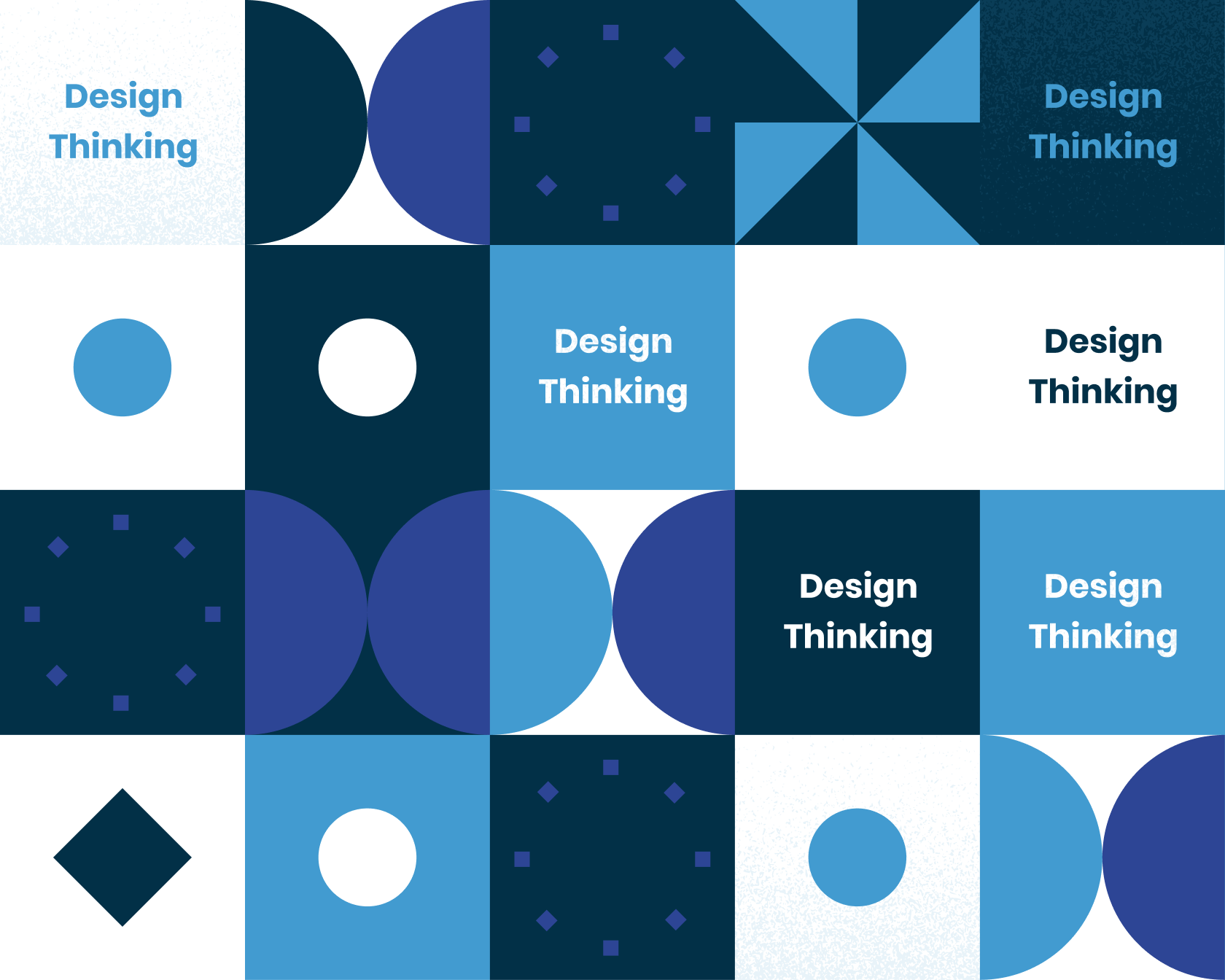
The experience with this agency changed my life and influenced how I view the world. I've pondered the consequences of a post-pandemic corporate landscape on the professional job market.
In Group sessions and learning, what exactly is facilitation, and what does it involve? We will discuss the theory and practice of facilitation and some of the problems associated with facilitating groups.
What is group facilitation? A facilitator's core values, the group's core values, group facilitation's four core conditions, the facilitator's role, and how to plan and facilitate group sessions are all included in this article. The beginning, middle, and end phases of group sessions are addressed, as well as responding to the moment, dealing with challenging behavior and summarising.
Helpers and educators have been considered facilitators of learning and improvement since the 1960s. Carl Rogers, a US psychologist, and Josephine Klein (1961) from Britain were two of the first to popularize the notion. However, some writers on organizational life had previously noted the significance of facilitators and facilitation. We now understood groups as the critical work group of organizations, which meant that interventions that fostered effectiveness and reduced conflict were crucial in accomplishing the organization's goals.
Educators and facilitators often portray their work as more congenial and less conformist than schooling to gain support for 'facilitation' and 'facilitating' in adult education, community education, youth work, and informal education (Brookfield 1986, p. 123). 'Facilitator,' 'facilitating,' and 'facilitation' are more often used in formal education due to an increased emphasis on learning rather than teaching.
We will look at the values involved in group facilitation and some of the practical tasks and experiences of facilitating group sessions. We will also discuss how we begin a session, get into the subject, respond to the moment, sum up, and end, as well as how facilitators handle problematic behavior.

What Is The Group Process?
The core of facilitation is helping people discover, learn, and alter.
To answer that question, let's look at a standard definition of group facilitation from Roger Schwarz.
Group facilitation is when a person who is substantively neutral and has no substantive decision-making authority diagnoses and intervenes to help a group improve how it identifies and solves problems and makes decisions to increase the group's effectiveness.
The primary duty of the facilitator is to assist the group in becoming more effective by enhancing its process and structure. (Schwarz 2002: 5)
Roger Schwarz has made some critical observations in this post. First, facilitators must be accepted by the groups they work with while maintaining their autonomy and must be considered third parties (Schwarz 2002: 42).
Two issues have to be dealt with if group members are to let facilitators facilitate. First, facilitators must do their job correctly and earn the right to do so. As Roger Schwarz points out, facilitators make the right to reduce by being neutral—not taking sides. This is not an easy feat. Therefore, facilitators must intercede. If a facilitator intervenes, they must listen to the views of others and offer insights. Some may interpret this as favoring one side or another. It is crucial to remain neutral 'so that you can assist the group in productive discussion' (Schwarz 2002, p. 41).
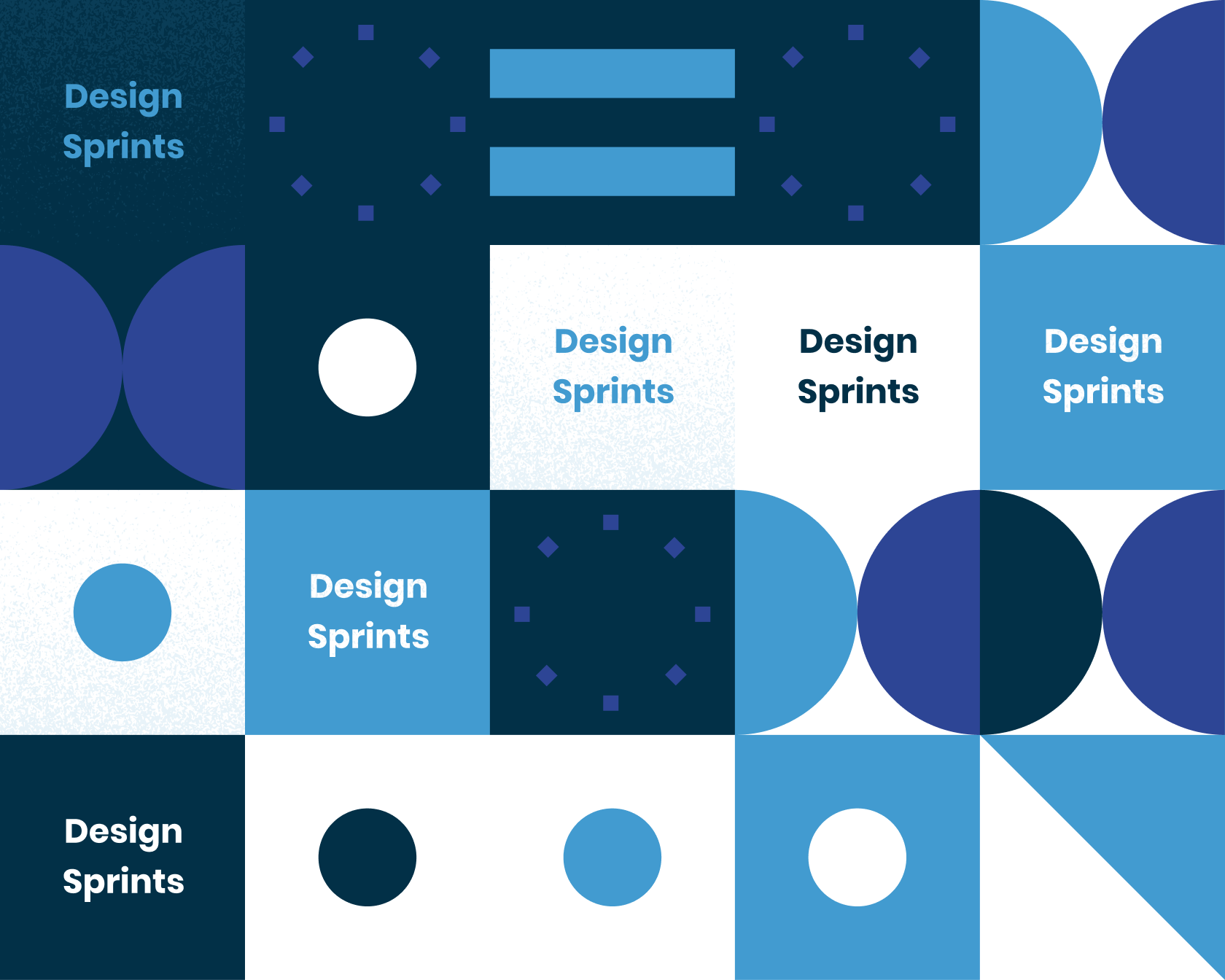
It isn't easy to facilitate sessions where decision-making authority is present, as described by Schwarz (2002). The facilitator does not have decision-making authority. When participants perceive that the facilitator can override any group decisions, their view of their job and connection with the facilitator is adversely affected. Despite their involvement in the decision-making process (other than around their function and the group process), facilitators should avoid intervening in disputes—they should merely translate from one party to the next. Participants should be encouraged to talk with one another directly (Schwarz 2002: 42).
Facilitators are experts in and advocates for the process. In addition to providing instruction as part of the facilitative process (Smith and Smith 2008: 103), we focus on encouraging group reflection about experiences and function, the task, or other subjects.
A more therapeutic approach to working provides a second definition of group facilitation.
John Heron describes group facilitationJohn Heron represents group facilitation.
An experiential group is facilitated by a person who empowers participants to learn. The facilitator is usually appointed by the organization sponsoring the group, and group members agree to accept them.
A group in which learning takes place through active and aware involvement of the whole person – and energetically, spiritually, and physically endowed being including feelings and emotions, intuition and imaging, reflection and discrimination, intention and action – is what I term experiential. (Heron 1999: 2)
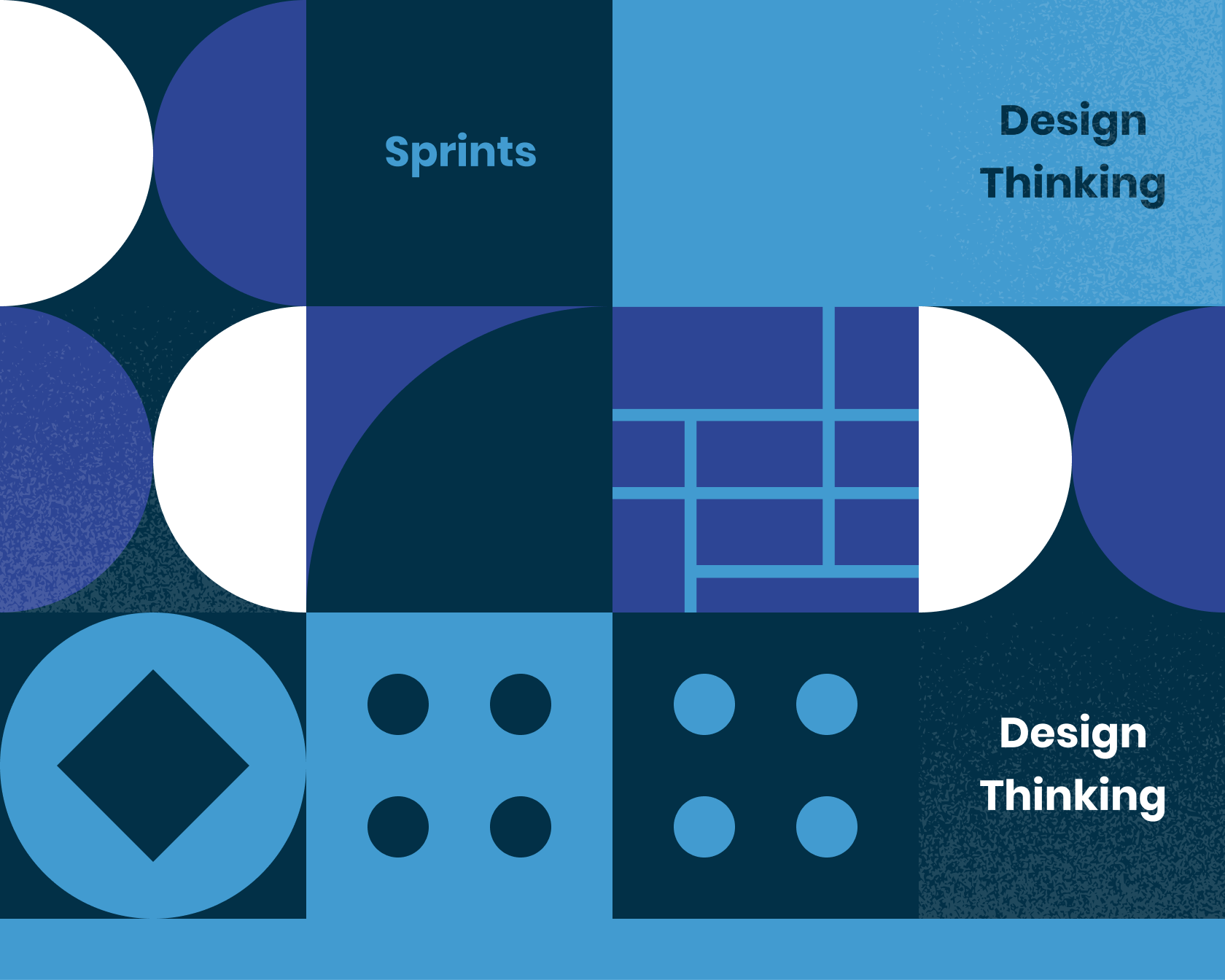
In addition to covering some of the same ground as Roger Schwarz, John Heron points out three other issues we should consider when working with groups.
'The model used in this study was experiential learning' (Borzak 1981, pp. 9-10). As such, groups study the 'phenomena being studied by concentrating on learning achieved by reflecting upon everyday experience or directly encountering it rather than concentrating on it, or concentrating on it but not thinking about it, or thinking about it but not doing anything about it' (Brookfield 1983, p. 9). In David A. Kolb's classic model, which has four elements, learners first gain concrete experience, observe and reflect, form abstract concepts, and test them in new situations.
According to Heron (1999: 2), the primary responsibility for learning lies with the group participant, the learner, not the facilitator (see also Brookfield 1986). Self-direction is emphasized (see also Brookfield 1986). This instructional approach is distinct from conventional educational procedures, where teachers are seen as having a significant function in educating students (Heron 1999: 2).
John Heron emphasizes the importance of addressing the whole person in his approach to facilitation and facilitating. In Heron's approach, promoting is a comprehensive intervention.
A glance at this list reveals that helping people learn, grow, and change involves developing diverse skills. Carl Rogers noted that facilitating also requires us to develop certain personality traits.
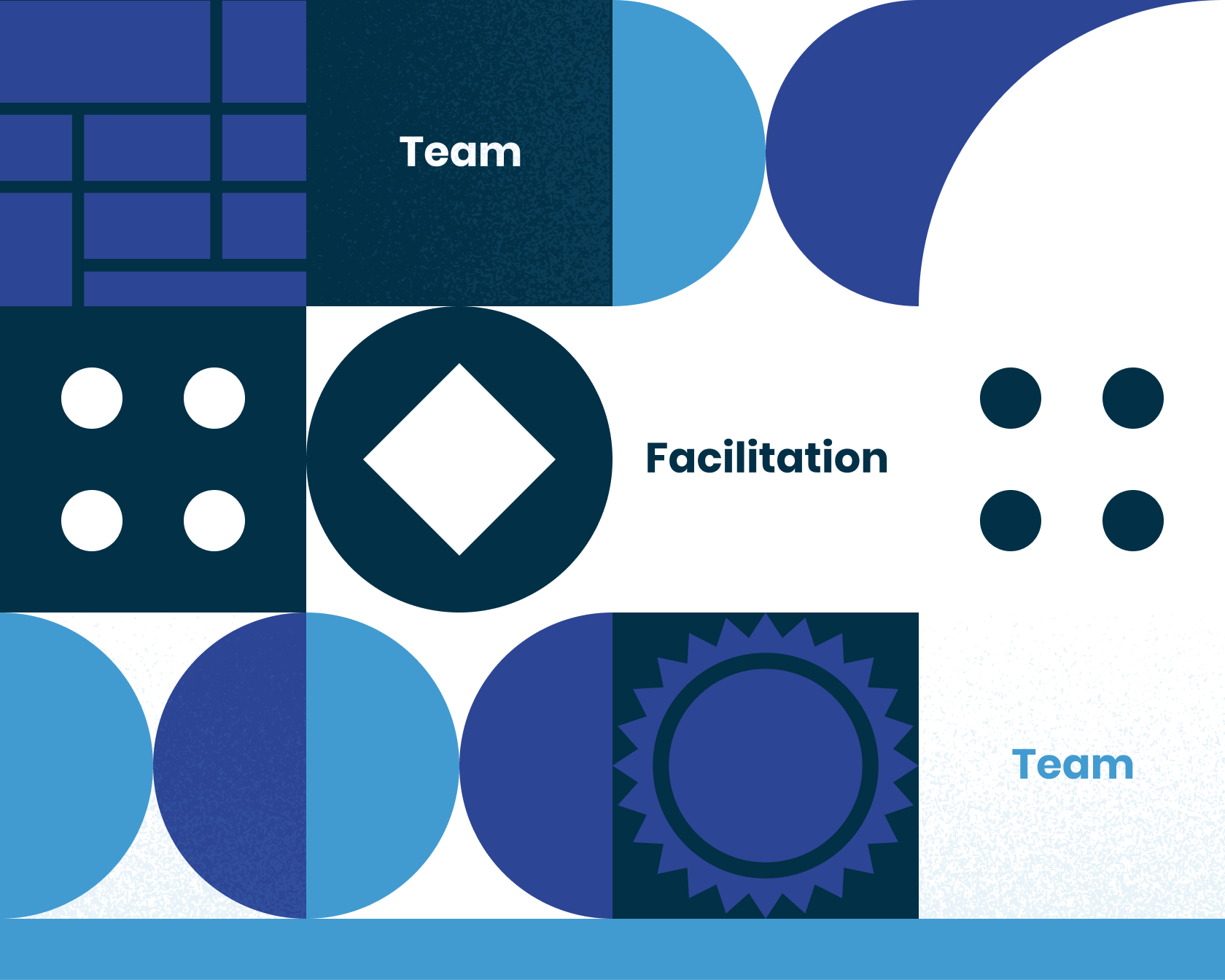
The Core Conditions And The Skilled Facilitator Are Required.
According to Carl Rogers (1992), people become more trusting when they believe their experiences are respected and understood deeply (Thorne 26). According to Rogers (1992), three 'core conditions' are necessary for facilitative therapy--realness, acceptance, active listening and empathy. Our capacity to educate, help, and inspire learning and change substantially depends on how people perceive us and who we are.
Facilitation Skills Mentioned
Let's examine some behaviors that aid learning.
An authentic facilitator is crucial to the learning process. The most fundamental of these necessary traits is genuineness or realness. When the facilitator is genuine, being what she is with no façade or front, she will be more successful. Coming into a direct personal encounter with the student, meeting her personally, and being herself are all critical. It means not repudiating herself and utilizing active listening.

Those who are successful in facilitating learning have an attitude that is different from most others… It's an attitude that prizes the student, his feelings, thoughts, and person. It's caring for the student but impersonal caring. It's an acceptance of the student as a separate individual with intrinsic worth. It's a fundamental trust in someone else as an inherently trustworthy person…
An understanding of the student's inner feelings and thoughts is central to creating an atmosphere where self-initiated learning can occur. Emphatic performance is one of the critical elements that facilitate experiential learning. Future learning is more likely to happen when a teacher can see through the student's eyes and empathize with their perceptions of learning and education. Students feel especially appreciated when they are not judged or evaluated but simply understood from their perspective, not the teacher's. (Rogers 1967, 304-311)
An effective facilitator must be someone people can relate to, someone who cares about and respects people, and someone who has some sense of what others might be going through. In large part, they achieve this by getting to know themselves.
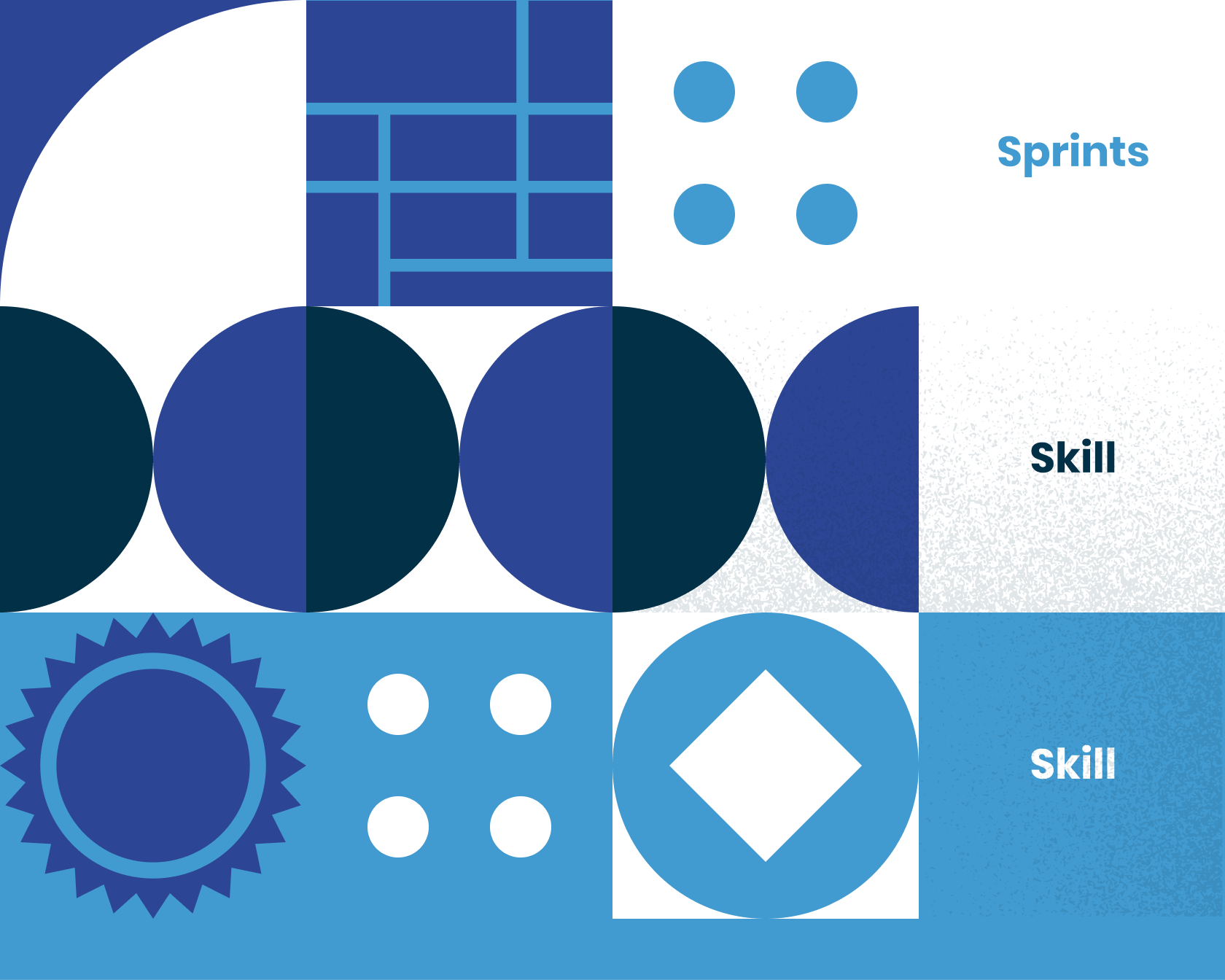
The Role Of The Facilitator Is To...
In another article, we discussed the three focus areas for group workers. Like group workers, facilitators must 'think group,' pay attention to purpose and maintain self-awareness.
According to McDermott (2002), a 'thinking group' involves studying the group as a whole and considering everything in terms of its group context (in addition to its broader societal, political, and organizational contexts). It also facilitates the group's improvement as a 'democratic mutual aid system' (Glassman and Kates 1990). The facilitator tries to assist groups in taking care of themselves (Mullender and Ward 1991; Shulman 1979, 1999).
During facilitating, the eyes should be on the individual and collective goals the group wishes to achieve. The facilitator's job is to get people to achieve these goals by intervening in the group as necessary.
Doing effective teaching, assisting, or community development requires more than expertise. It springs from our identity and integrity (Palmer 2000: 11). In the same manner, excellent facilitators identify themselves and are conscious of their feelings to interpret what others might be feeling. If we do not recognize ourselves, we cannot understand those we work with or the areas we explore. A further concern is identifying and remembering the responsibilities associated with our role as facilitators. As part of her work, Gail Evans (2007) argues that we must know what our company expects from us, our limitations, and what help is available. In addition, we must be honest about how much time, data, abilities, and feelings we can provide.
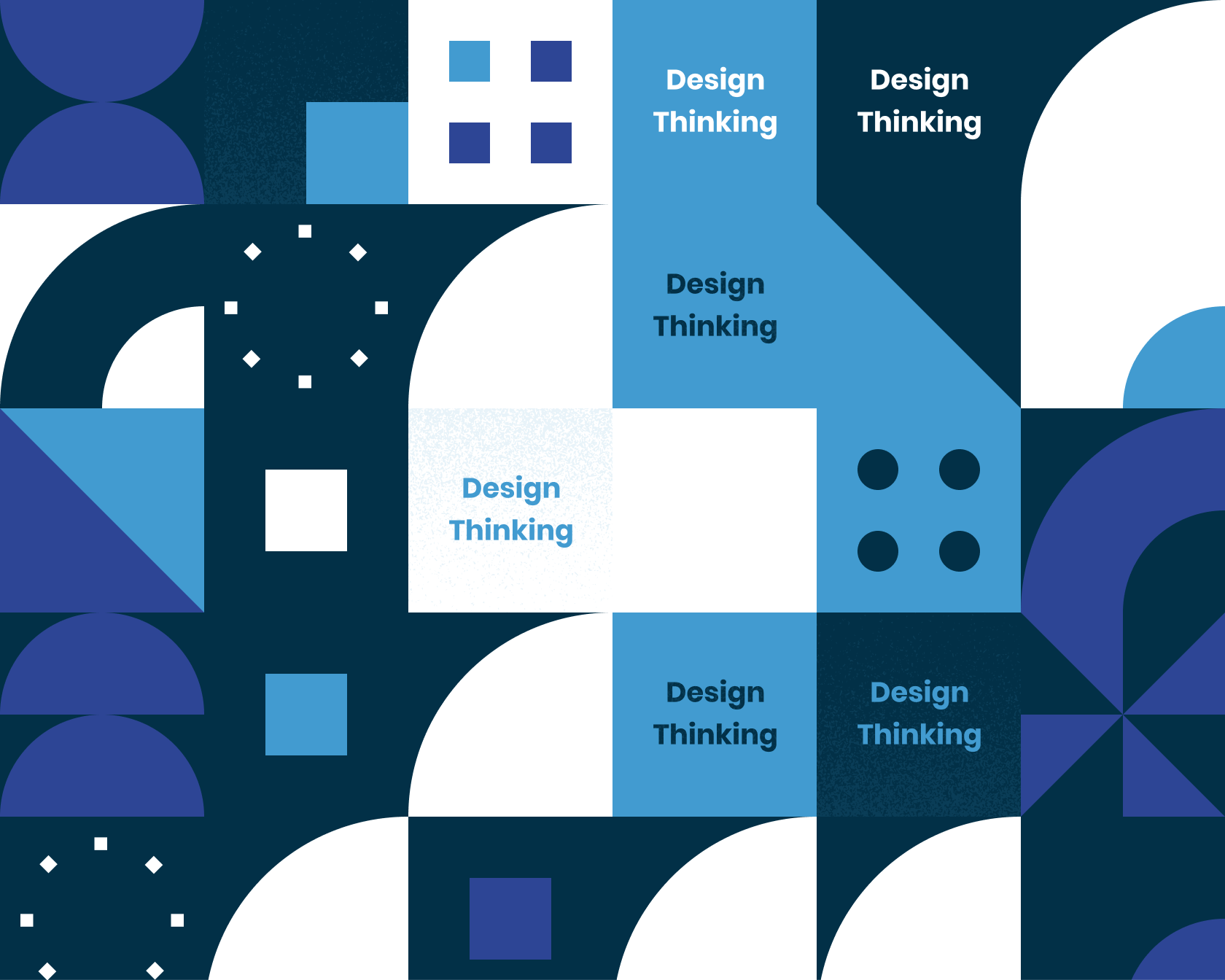
THe Corporation's Basic Principles.
What guides our practice choices? On the one hand, we have 'core values'—shared and debated among facilitators (community of practice). On the other, we have our commitments and values.
Although the values that inform facilitation and facilitating are similar to those running through education, we would be disappointed if there wasn't a concern for truth or respect for others. As Roger Schwarz notes, many educators identify four core values of facilitation and facilitating groups. These values are:
Chris Argyris and Donald Schon inspired the creation of these four values.
In this section, I will discuss how to structure sessions. I've based my ideas on my personal experiences as a facilitator and linked them to the more comprehensive approach we've been discussing.
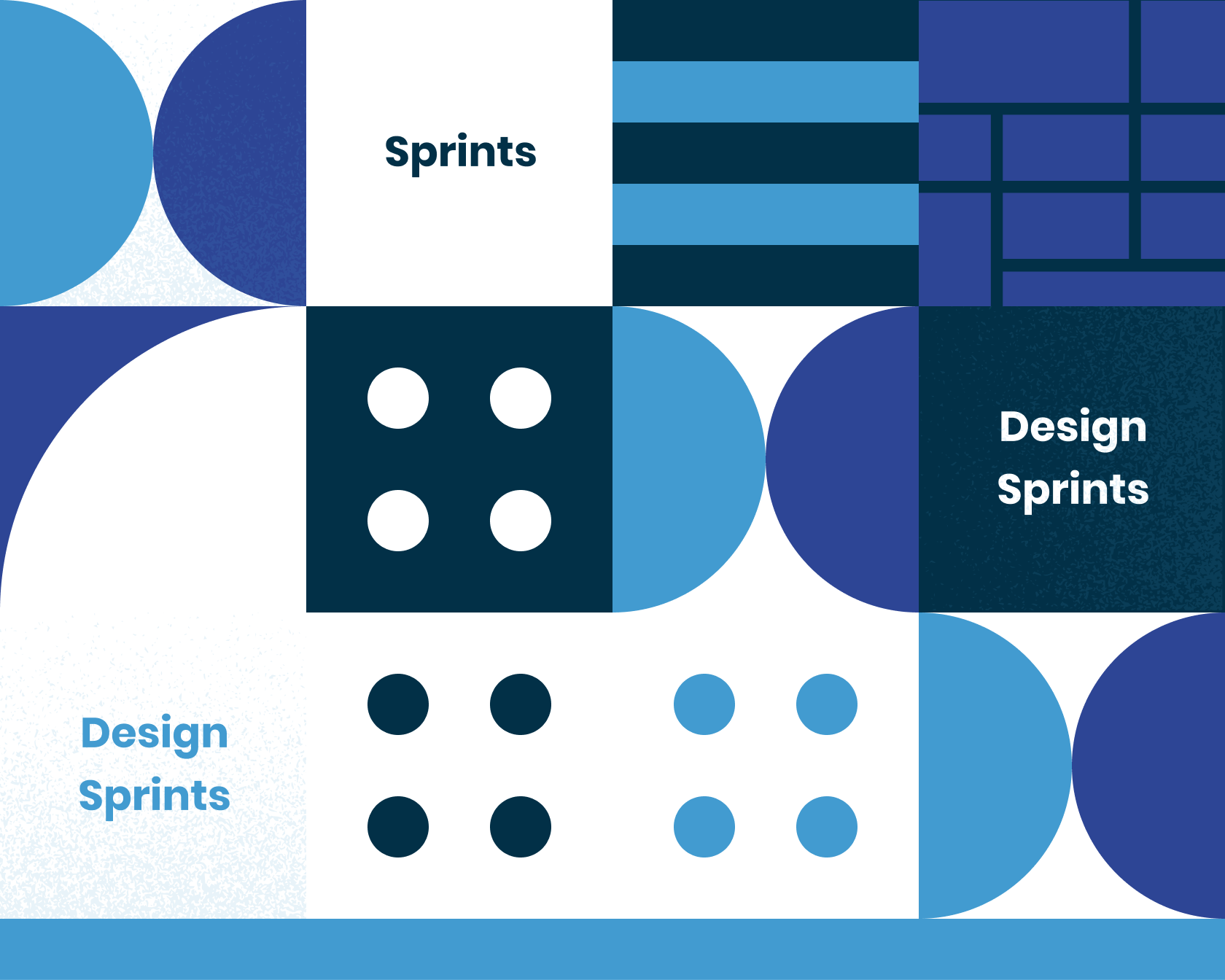
Having a plan for facilitating group members' sessions is crucial.
Businesses often operate on autopilot, with people carrying out the necessary tasks due to their association. However, there are times when more formal gatherings are required to discuss a matter, make decisions, or conduct business. In these situations, we describe the community of people learning and making judgments as 'group sessions.' We must plan for these kinds of problems. At the same time, we must make sure that the session can change to accommodate the needs of the participants.
There are numerous ways to conceive of what should be prioritized, but I'd like to keep it simple for now. All this acronym does is prompt us to remember the following: EFFECT.
What environment settings are required to enable people to interact with each other and the subject matter in a way that facilitates participation? What is the focus of the meeting? What are we hoping to learn and accomplish? What is the value of active listening? Does our agenda address the issues people are concerned about or the problems that we believe people are worried about?
What are people's desires and needs? What emotions might the session evoke or is currently evoking?
Does the session's mixture of experiences and activities encourage exploration and learning, address the subject of the course, and accommodate participants? Are we providing an appropriate framework for people to collaborate on exploring and expressing these issues?
What changes do participants want to see (and if so, how)? Are people changing at all, or not, by participating in the session?
Do we allocate the right amount of time for the different learning experiences and activities?
There are a couple of things to get off my chest about this listing.
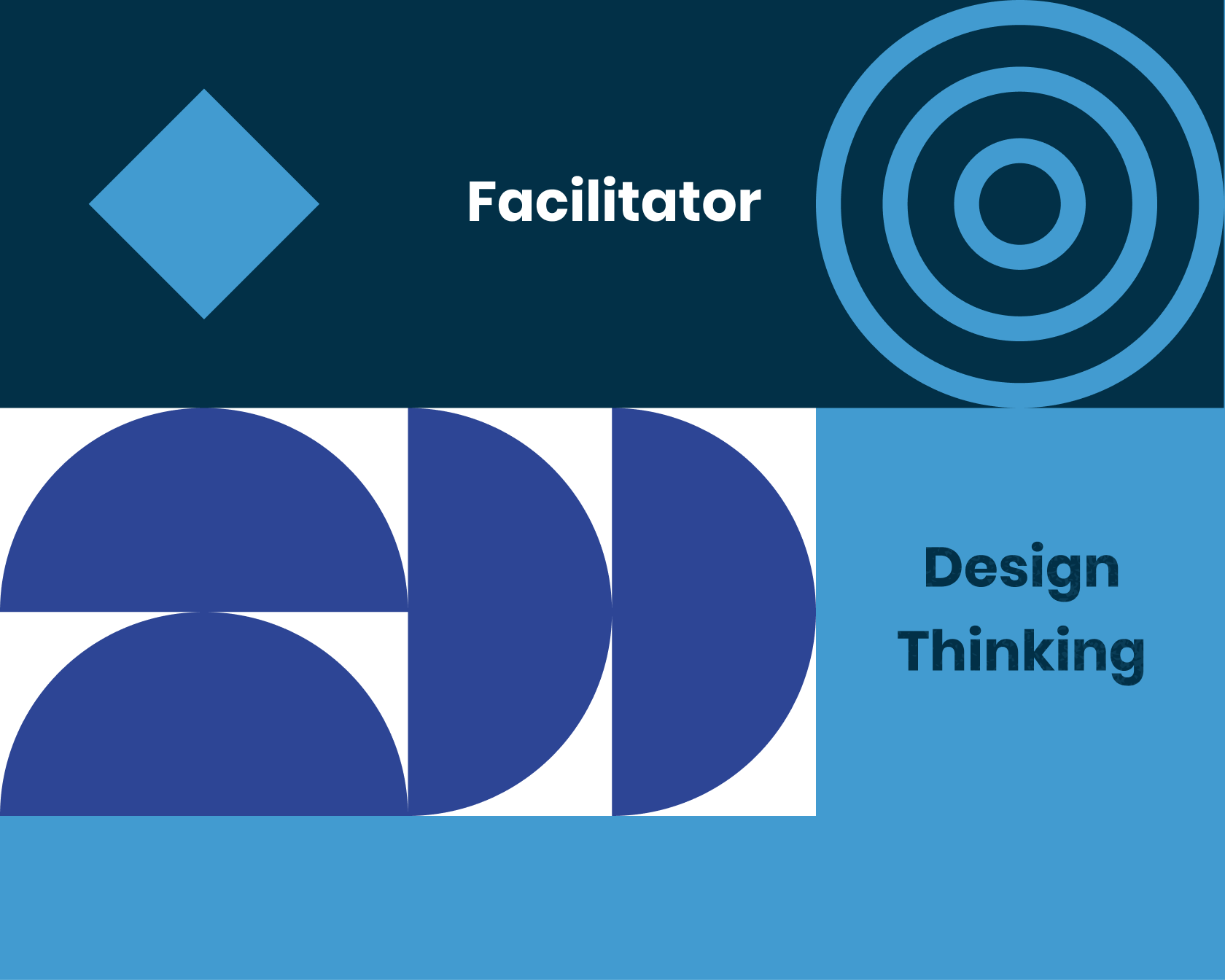
There is always room for interpretation when listing sessions like this one. This approach to facilitating and planning sessions is based on the notion that people bring something to sessions and that learning about some subject or issue that is important to them results in development. This approach is not goal-based or focused on delivering some package. As a result, the session is not focused on objectives but on facilitating conversation and exploration and the experiences that may stimulate exploration and change.
My objective here is to raise a concern about establishing an environment where participants can 'own' the material and the relationships in the group. Therefore, we must consider what we - and participants - want from each component and how we might involve them in shaping the character and content of the course. In other words, we must operate at the group's speed groups speed and react to concerns as they arise. This concept might entail moving away from the initial topic and returning to it.
It's a significant error to skip addressing feelings while facilitating a group, as they are an integral part of the process and learning. We may become too absorbed with the explicit topic or scared of addressing feelings when we facilitate. Things may become unpredictable, and the session's focus suddenly switches to emotional issues and relationships.
There is always a danger of covering too much ground in one session, and the experience can quickly become a quick tour of an area rather than an exploration. At the same time, we may be worried about running out of material when facilitating a group. One way around this is to start with a reasonably tight focus - but to reserve something if things do not take off.
Lastly, it is crucial to consider the session's structure – when things need to be accomplished. We now turn to that.

Group sessions—beginnings, middles, and ends—can be facilitated.
Despite the amount written on the stages that groups and sessions traverse, the most obvious way of understanding what is occurring is the most reliable. Sessions have beginnings, middles, and ends and include specific tasks. These are concerned with the 3e’s:
According to Gail Evans, it is essential to conceptualize helping conversations (and, in my words, facilitating sessions) as consisting of an initial quarter dedicated to exploration, a middle half devoted to understanding the subject, and a final quarter dedicated to enabling action and development (2007: 131). We will examine each phase in turn.
A session typically begins with three activities. These are:
There is no prescribed methodology for running these sessions; what we do depends on the goal and available resources. Two pointers for facilitators and facilitation are provided. The first is that whatever we do must entice interest and commitment. The second is that we want to draw people into a discussion and active listening. These are some guidelines to avoid if we want to facilitate effectively. For example, we should not start a session with a PowerPoint presentation; icebreakers, and trust games (wherein people doubt whether they can trust other group members); or appear unprepared or perplexed (‘So what will we talk about today?’).

A beginning that some facilitators favor is to begin with a short video clip—often from YouTube—to set the tone. Other options include asking people to work on the part of the focus in pairs, threes, or small groups, working with participants who have made a short presentation beforehand to set the scene, and summarizing where the group left off previously (if there was one).
During the middle part of the session, people deepen their understanding of the issue or question to understand how it might relate to them.
We can gain insight into the middle half of Heron's work by recalling what we discussed earlier. Facilitators and facilitating are primarily associated with experiential learning, and we may sometimes need a more official presentation or input to enhance inquiry. Still, especially should mainly encourage people to think and build new ideas or encourage them to reflect. A starter activity might be to ask people to:
According to Boud, Keogh, and Walker (1985), reflection is an activity in which people recapture their experience, mull it over, and evaluate it. These three aspects can be seen as capturing its essence:
When facilitating a group, we may ask questions, summarize what we have seen or heard, or make observations, own ideas or comments to assist the whole group in addressing different components of reflection. We may, therefore, be relatively silent when leading a group. A lot of the leading is accomplished by our presence rather than being focused on the activity. If we can communicate honesty, care and respect for the group, and compassion through how we behave, others will absorb it. It may help establish an environment where people can express their feelings and accomplish work.
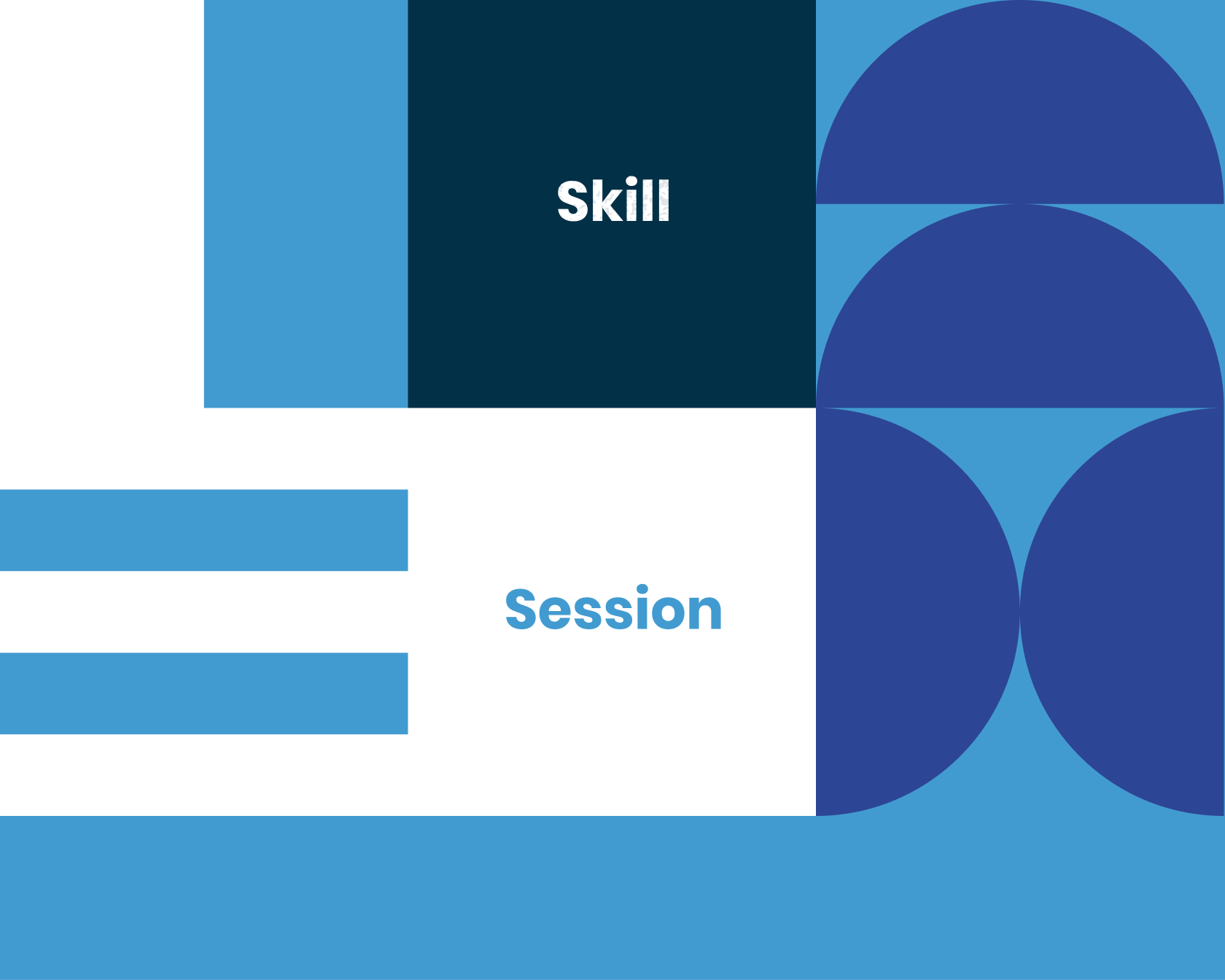
It is essential to remember that facilitators must maintain control when working with sensitive topics or issues where people have strong feelings. We want to create a safe environment for dialogue and exploration in our sessions. In addition, we should encourage honesty and confrontation (Palmer 1998). If we intervene too much, we may be seen as taking sides or closing down the discussion, and if we do too little, we might cause an unsafe environment.
The last quarter of a session is dedicated to assisting people in evaluating their grasp of the subject matter, the task, or the question raised during the session and determining whether or not they should take any additional action. It concerned the termination of the meeting, and these two phases cooperate in allowing people to continue with their lives.
Enable people to accomplish the following:
At this stage, we should not force people into taking action or setting goals. We don't want them to feel railroaded into anything. However, we should encourage them to consider the implications for themselves and their lives. For example, we may wish for people to discuss something rather than take action. Alternatively, our goal may be to ask people to consider some idea or possible course of action and not act on it.
When working with groups, we should help them develop their work and self-management skills, not interfere with these processes. We must avoid managing people inappropriately at the end of meetings to maintain this goal. There are several things we may help the group do to avoid this pitfall.
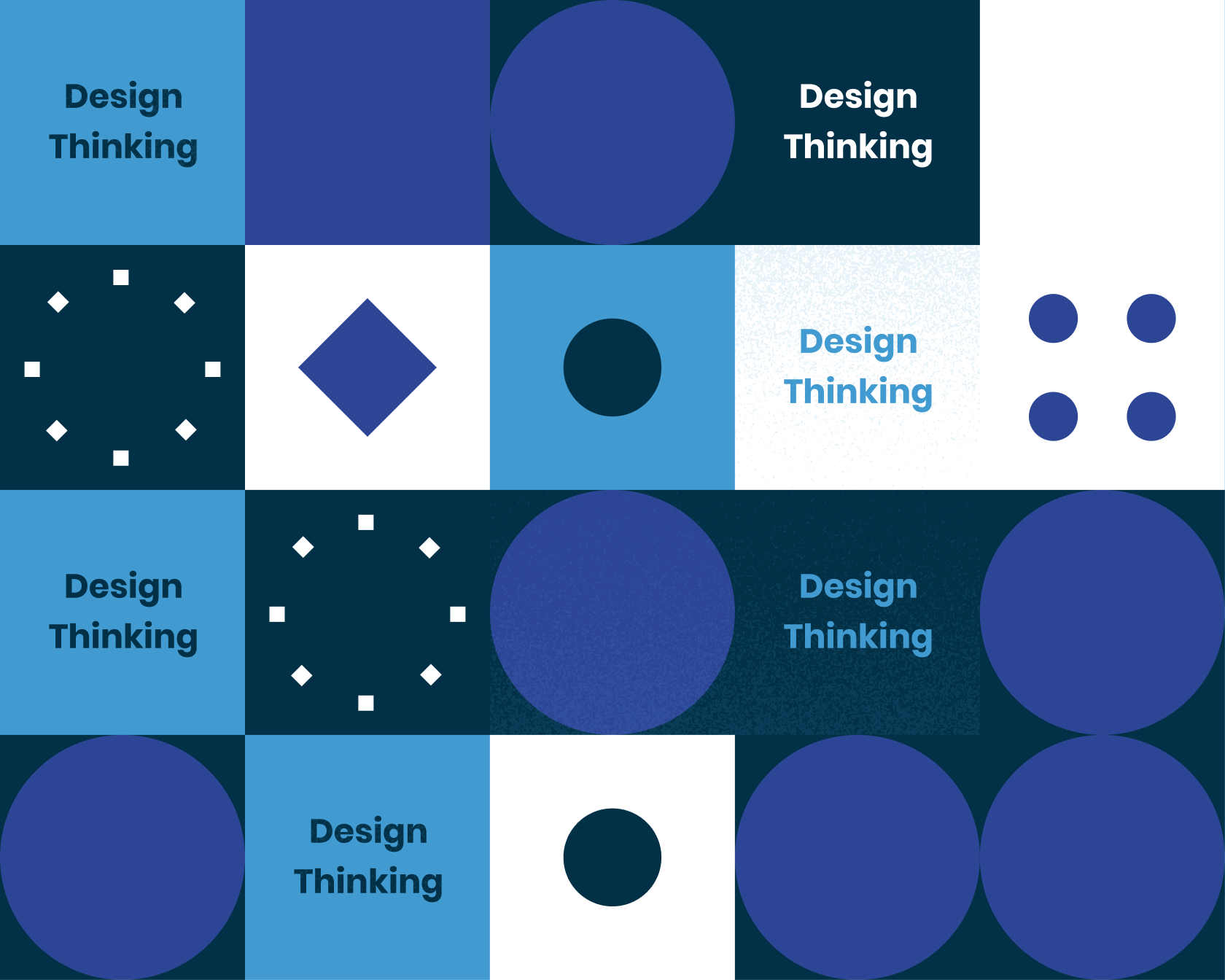
It is essential for the effective facilitator to be present and responsive in groups.
When working with the feelings and concerns of group members, we may have to stray from the agenda. It is possible that we have gotten the session's focus wrong and that more relevant issues to discuss and work on are raised. We may also need to destroy the agenda when people come up with pressing issues or questions. One of the ground rules of facilitation is that Facilitators must be quick on their feet.
Organizations must be able to adapt and improvise to respond to the demands of a dynamic, unpredictable, and complex environment.
The importance of structure is not the amount of it but rather its flexibility. All groups benefit from preparation, and almost all of these are assisted by some program. When necessary, group workers should be able to improvise rather than the amount of structure per se.
Facilitators must make difficult choices in this area. We may miss out on learning opportunities by sticking to a program. Following what occurs naturally might take us down a rabbit hole of trivia or dismay those who wish to pursue the original goal. As informal educators know, going with the flow has its advantages, and we might get into some exciting areas. So, when leading a group, we may connect with the concerns, issues, and emotions that are significant to people rather than with what we believe to be substantial (Jeffs and Smith, 2005). Working in this way always carries some degree of risk. However, if we think about what we do and can do to assist group members in flourishing and coexisting, we are more likely to make good choices.
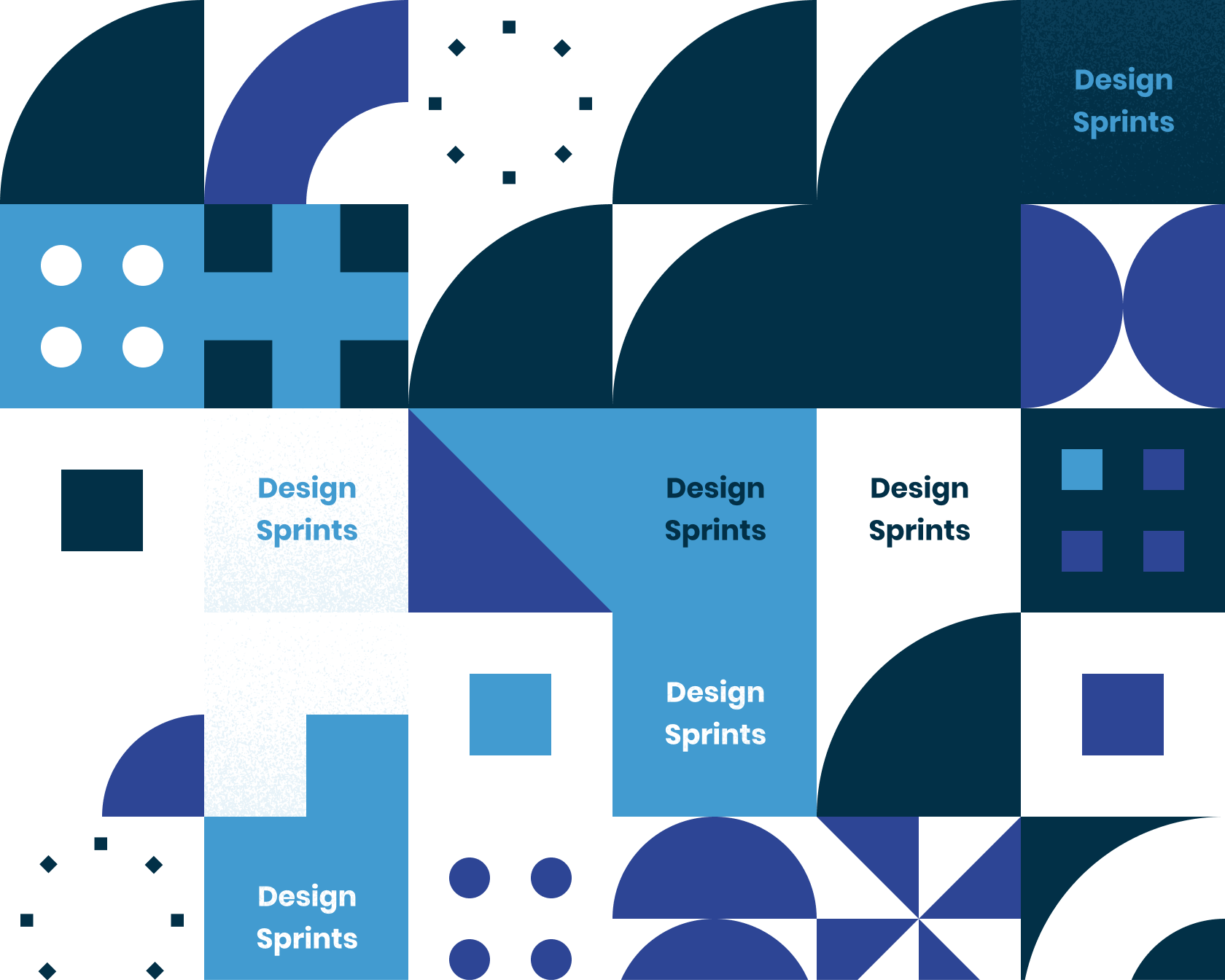
Handling problematic behavior.
Very few sessions go smoothly if they are meaningful to the people involved. People will occasionally become irritated with one another, and some will refuse to participate in the work. We, as facilitators, will inevitably become anxious as a result.
A critical thing to realize is that we learn how to react rather than being taught by others. We gain knowledge through experience, active listening and reflections on people and situations, and thoughts about what worked and didn't. Over the years, several books have been published that give teachers helpful hints for handling classroom behavior (e.g., Cowley 2006; Rogers 2006). As much as dealing with problematic behavior is about our personalities, many are connected; a single person's helpful hint might be another's disaster. Always start by establishing ground rules and objectives, even if they are obvious.
Moreover, we should view troublesome conduct as a gift when managing teams, and it may reveal a lot about the group's relationships and what we should concentrate on with it. We may also get information about how we are being perceived as facilitators or the subject material we are discussing. We must ensure that harmful and disrespectful behavior is contained and channeled into worthwhile activity.
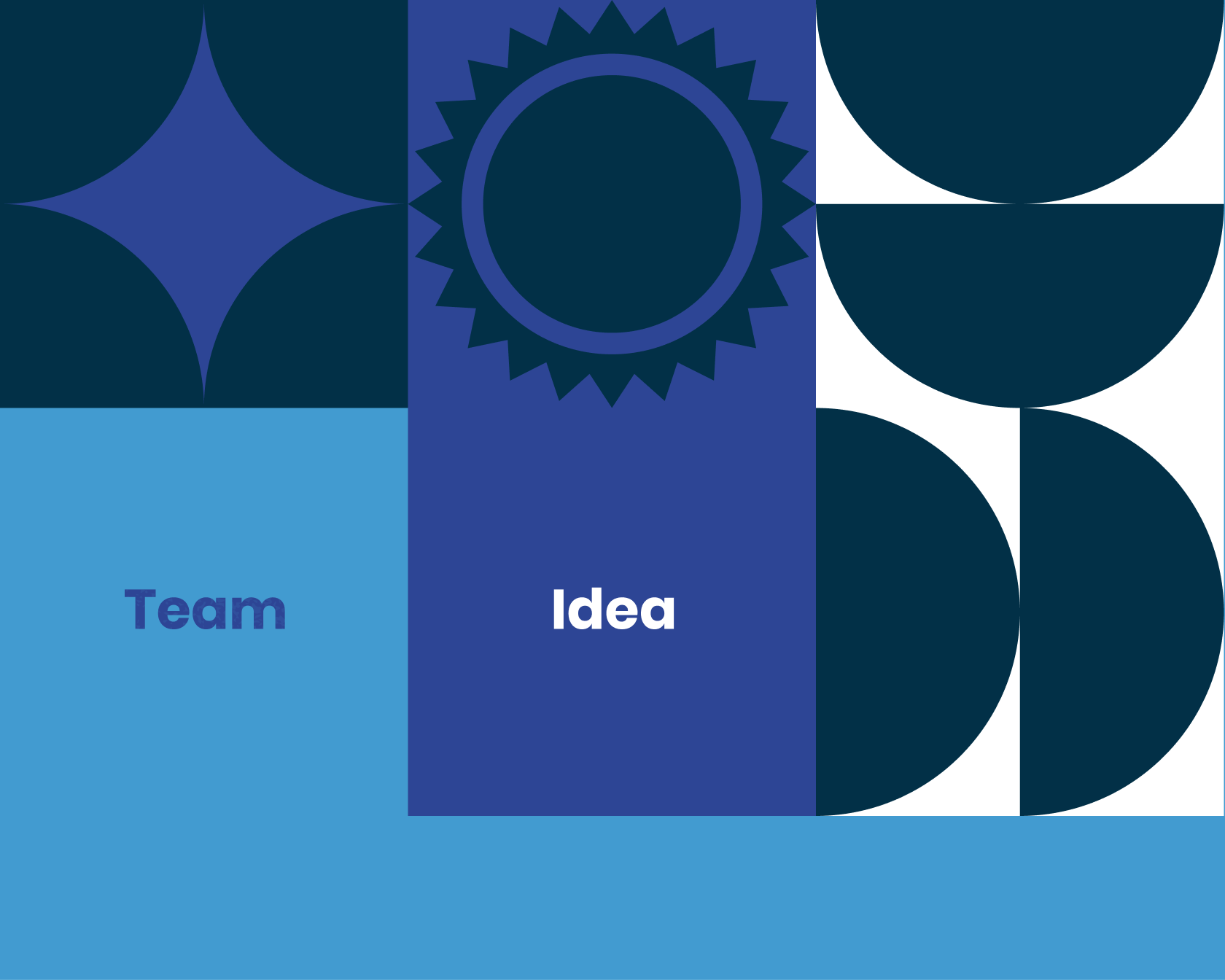
A crucial part of facilitating is establishing and maintaining positive relationships with the people we work with. In time, we hope that the people we work with will be able to assist them more suitably. When we start working with a person or group, there will be conflicts as we get used to each other and become more comfortable with our jobs. As we get to know each other better, we may be required to say more personally disturbing things about ourselves or others in the group. Our lives will change, and we will change with them.
As facilitators, we work with individuals and groups to take charge of their learning and actions. We must bear this in mind as we deal with difficult situations. In effective facilitation People's safety (both physical and emotional) might be a priority, and we may have to intervene directly or quickly to keep things under control. A good facilitator encourages equal participation and moderates the discussion. When someone threatens another group member, does something potentially dangerous, or badmouths others, we must immediately involve the group in stopping the incident and guiding their feelings and generate ideas into more desired outcomes. However, most of the time, the first step for the experienced facilitators should be to engage the group in preventing the incident and assisting them in interpreting it.
We need to keep our brains stimulated to help the group channel their emotions. It is okay to become angry or upset when facilitating groups or sessions, but if we want to help people express themselves in group discussions, we must do the same. As Carl Rogers described, we must communicate authentically while respecting, trusting, and valuing others to facilitate meeting process effectively. We must examine how our actions impact others to help them an how they encourage participants.
The main point here is to keep it simple and to remember what we've been discussing. We must think in terms of the group, keep focused on our purpose, and remember who we are.
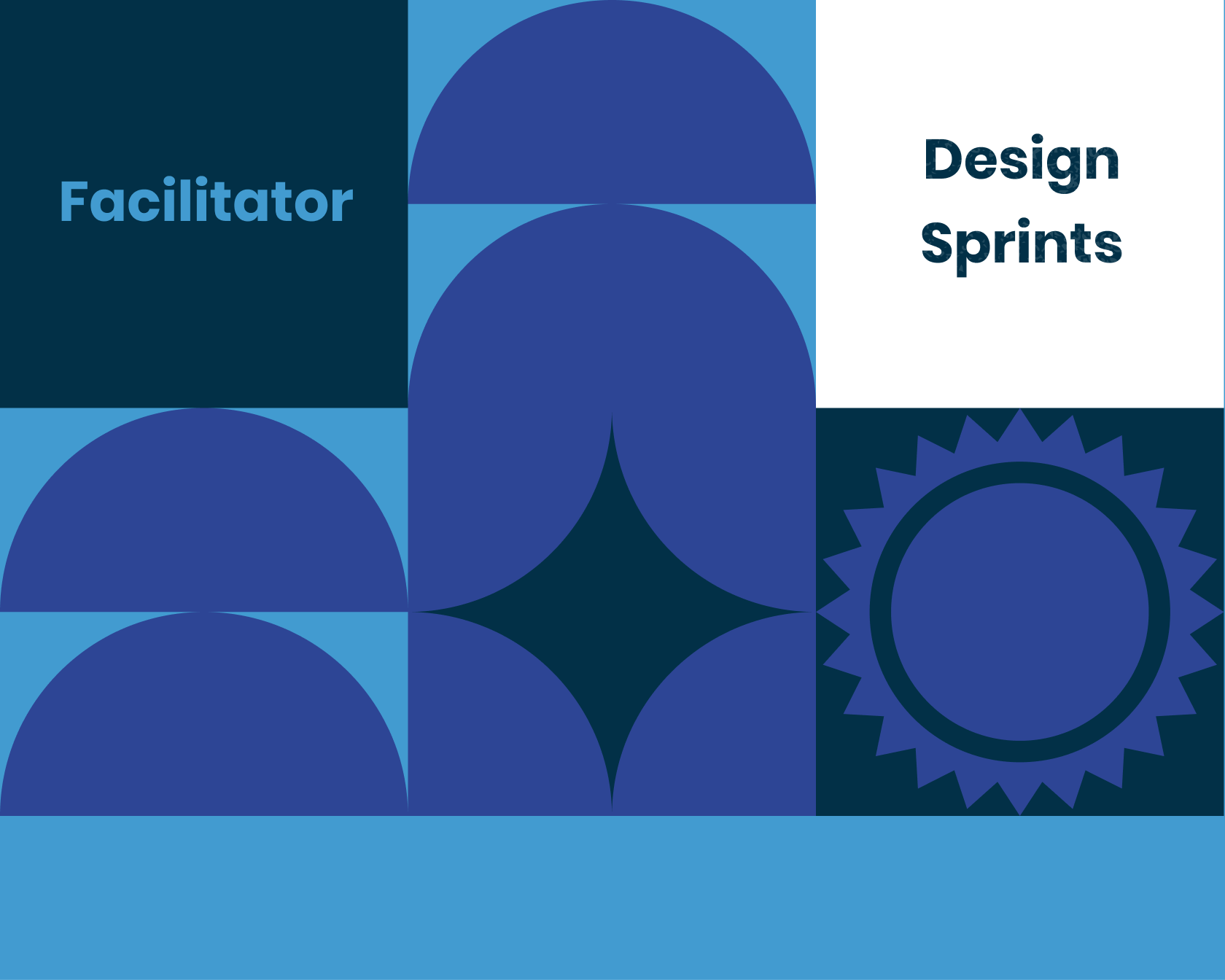
At last, I would like to thank all those who helped me prepare this article.
In this piece, we've examined the nature of facilitation to function as a facilitator group in a session and ground rules of successful facilitation. When we facilitate, our purpose is to assist groups in cooperating respectfully and honestly; we also help them to address specific issues and queries.
According to Roger Schwarz (2002: 14), 'Facilitation requires a range of emotions to be aroused.' It also requires specific values and treatment methods. Our styles and techniques are what make our contributions unique and authentic.

There are further references and readings to be done.
Schwarz, Roger M. (2002). The Skilled Facilitator: A Comprehensive Resource for Consultants, Facilitators, Managers, Trainers, and Coaches. 2e. San Francisco: Jossey-Bass. This well-known and popular resource helps to orient our facilitative activities.
Argyris (1970) described a behavioral science approach to intervention theory and method.
In his book Knowledge for Action, Chris Argyris provides a method for overcoming barriers to organizational change.
Argyris, Chris, and Schön, Donald (1974) describe an approach for making professionals more effective by developing their theoretical knowledge.
Argyris, Chris, and Donald Schön (1978) proposed a theory of organizational learning based on an action perspective, Reading, Mass: Addison Wesley.
Bens, Ingrid (2005). Core skills for facilitating, team leading, consulting, and training are all demystified in this must-have book. San Francisco: Jossey-Bass.
Brockbank and McGill (1998) described how higher education might promote reflective learning.
Brockbank and McGill (1998) described how reflective learning could be enhanced through mentoring and coaching.
Understanding and facilitating adult learning is possible if one understands the factors that affect it.
Sue Cowley offers a solution to the problem of getting buggies to behave in a civilized manner in her book, Getting the Buggers to Behave (2006).
Egan, Gerard (2002, 2006) provides a problem-management and opportunity-development approach to helping in The Skilled Helper 7e, 8e. Belmont CA: Thomson/Brooks Cole.
Gail Evans provides counseling skills for dummies in her book, published in 2007.
Glassman, Urania, and Len Kates (1990) describe a humanistic approach to group work.
Guildford: University of Surrey Human Potential Research Project, Heron, John (1977).
John Heron offers a comprehensive handbook for effective facilitators in The Complete Facilitator’s Handbook (1999).
Tony, Jeffs, and Smith Mark K. (2005) are advocates of informal education. They believe that conversation, democracy, and learning are intimately connected.
Sam Kaner, Lenni Lind, Catherine Toldi, Sarah Fisk, and Duane Berger (2007) have published Facilitator’s Guide to Participatory Decision-Making. San Francisco: Jossey-Bass.
Group work can be accomplished using the methods described in Josephine Klein's book Working with Groups.
In her book, Inside Group Work: A Guide to Reflective Practice (2002), Fiona McDermott provides an overview of group work.
Users take action for empowerment through self-directed group work, as described by Mullender and Ward (1991).
Palmer, Parker J. (1998). The Courage to Teach. San Francisco: Jossey-Bass. Examining the inner world of a teacher's life is what this book is all about.
Palmer, J. (2000). Listening for the voice of vocation, San Francisco: Jossey-Bass, Let Your Life Speak.
Learning is said to be facilitated by certain interpersonal relationships (Rogers, 1967, p. 307).
Bill Rogers' Classroom Behaviour: A Practical Guide to Effective Behaviour Management and Colleague Support 2e provides a how-to guide for behavior management and colleague support.
The reflective practitioner is described in Schön, 1983, as someone who thinks while acting.
The aim of educating the reflective practitioner is described in Schön, D. (1987).
Schwarz, Roger M. (2002). A Comprehensive Resource for Consultants, Facilitators, Managers, Trainers, and Coaches. 2e. San Francisco: Jossey-Bass.
The book describes how to assist individuals or groups in a way that promotes optimal functioning and well-being.
In 1992, Thorne published Carl Rogers: the man and his ideas.
Shira Golding took a photograph of ‘Ari is facilitating’ and posted it to Flickr.com. You may use this picture under the Creative Commons Attribution-Noncommercial 2.0 Generic license. It's posted on Flickr.com: http://www.flickr.com/photos/boojee/2668136741/. The image representing experiential learning was taken by devilarts and is copyrighted, and it's available for reuse on Flickr.com (Attribution-Non-Commercial-Share similar to 2.0 Generic).
Smith's (2001, 2009) ‘Facilitating learning and change in groups’ is an entry in The encyclopedia of pedagogy and informal education. It was retrieved from infed.org/mobi/facilitating-learning-and-change-in-groups-and-group-sessions/. Insert date: insert date.
